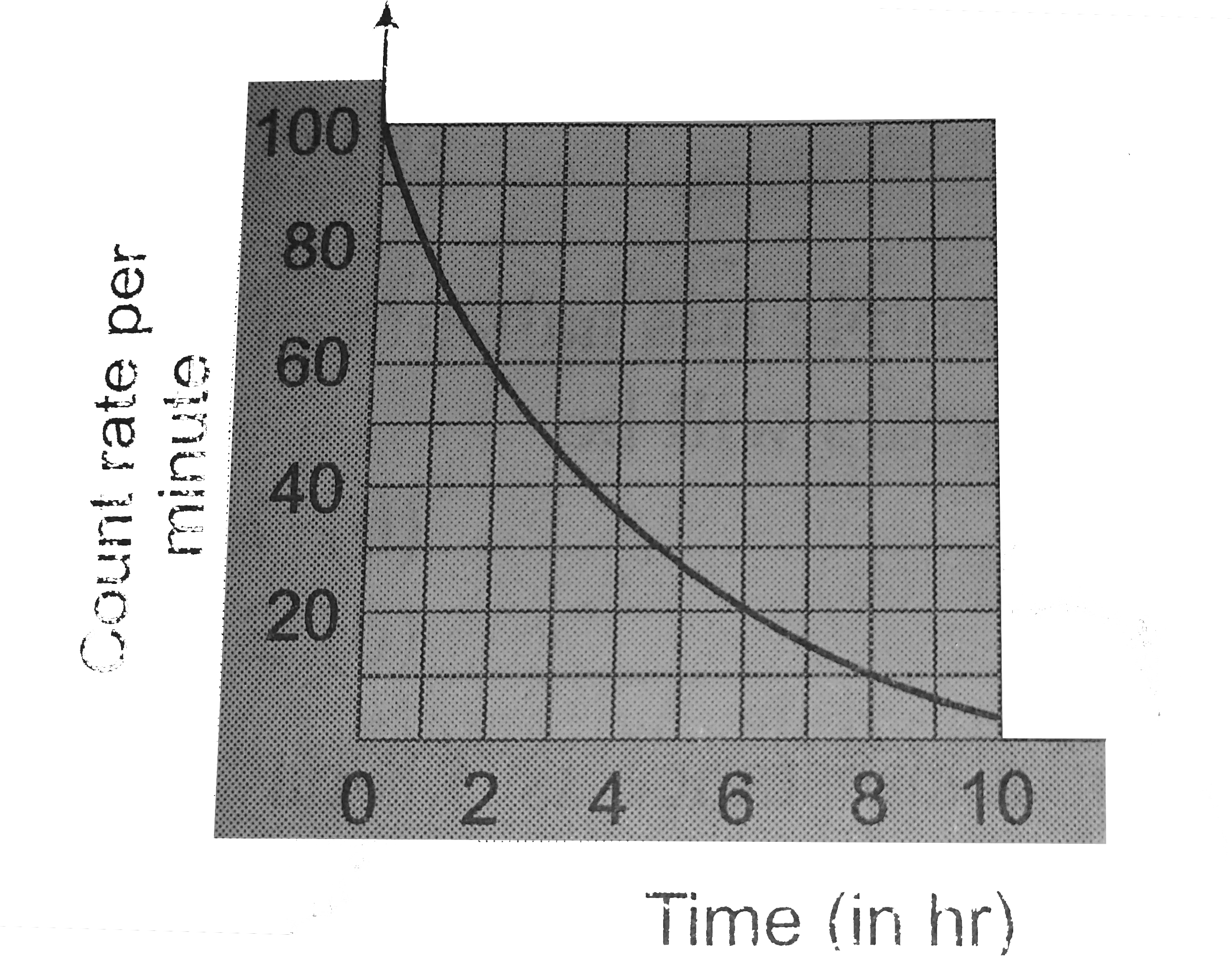Complete Solutions to Exercise of chapter NUCLEAR PHYSICS of Class 11 book with complete answers and questions
| Class 11 | PHYSICS |
| Chapter | NUCLEAR PHYSICS |
| RESONANCE | Exercise |
| Number Of Questions | 35 |
| Academic Year | 2023-24 |
As the mass number A increases, which of the following quantities related to a nucleous do not change
View SolutionFusion reaction takes place at high tamperature because
View SolutionTwo protons are kept at a separation of `10 nm`. Let `F_n and F_e` be the nuclear force and the electromagnetic force between them.
View SolutionIn a fast breeder atomic reactor
View SolutionIf `m,m_n` and `m_p` are masses of `._Z X^A` nucleus, neutron and proton respectively.
View SolutionA positron of 1MeV collides with an electron of 1MeV and gets annihilated and the reaction produces two `gamma-`ray photons. If the effective mass of each photons is 0.0016amu, then the energy of each `gamma-`ray photon is about-
View SolutionIf mass of the fissionable material is less than the critical mass, then
View SolutionIf the total binding energies of `._(1)H^(2),._(2)He^(4),._(26)Fe^(56)` and `._(92)U^(235)` nuclei are `2.22, 28.3, 492` and `1786MeV` respectively, identify the most stable nucleus out of the following
View SolutionThe binding energies per nucleon for a deuteron and an `alpha`-particle are `x_1 and x_2` respectively. The energy Q released in the reaction `""^2H_1 +""^2H_1 to ""^4He_2+Q` is
View SolutionIf the mass of proton= 1.008 a.m.u. and mass of neutron=1.009a.m.u. then binding energy per nucleon for `._(4)Be^9` (mass=9.012 amu) would be-
View SolutionThe binding energies of two nuclei `P^n` and `Q^(2n)` and x and y joules. If `2x gt y` then the energy released in the reaction `P^n + P^n to Q^(2n)`, will be
View SolutionOne requires energy `E_n` to remove a nucleon from a nucleus and an energy `E_e` to remove an electron from the orbit of an atom. Then
View SolutionSlow neutron are sometimes refer to as thermal neutrons because
View SolutionWhich of the following is correct about nuclear forces?
View SolutionThe graph between the binding energy per nucleon (E) and atomic mass number (A) is as-
View SolutionThe probability of a radioactive atoms to survive 5 times longer than its half-value period is-
View SolutionAfter emission of an `alpha-`particle by a radiative element `._(84)X^(212)`, the resulting element would be-
View SolutionThe SI unit of activity is-
View SolutionThe specific activity of radius is nearly-
View SolutionAfter a time equal to four half lives, the amount of radioactive material remaining undecayed is-
View SolutionThe mean of life of a radioactive sample is 100 years. Then after 100 years, about-
View SolutionThe count rate of `10 g` of radioactive material was measured at different times and times has been shown in the figure. The half-life of material and the total counts (approximately) in the first half life period, respectively are.
 .
.
View SolutionHow many atoms decay in one mean life time of a radioactive sample-
View SolutionThe half life of radioactive substance is T. Then the fraction of the substance that has decayed in time t is-
View SolutionThe half-life of a radioactive substance is 3h and its activity is `1mu Ci`. Then the activity after 9h will be (in `mu Ci`)-
View SolutionThe half -life of cobalt-60 is 5.25 years. How long after a new sample is delivered, will the activity have decreased to about one third `(1//3)` of its original value-
View SolutionA radioactive element `ThA( ._(84)Po^(216))` can undergo `alpha` and `beta` are type of disintegrations with half-lives, `T_1` and `T_2` respectively. Then the half-life of ThA is
View SolutionA radioactive nucleus undergoes a series of decay according to the scheme
`A oversetalphato A_1 oversetbetato A_2 oversetalpha to A_3 oversetgammato A_4`
if the mass number and atomic number of A are 180 and 72 respectively, then what are these number for `A_3`
View SolutionCompare the ionising power of `alpha`, `beta` and `gamma` radiations.
View SolutionIn nuclear power station energy of uranium is used for producing-
View SolutionThe order of magnitude of the density of nuclear matter is=
View SolutionThe Process by which a heavy nucleus splits into light nuclei is known as-
View SolutionIn equation `._(92)U^(235) + ._(0)n^1 to ._(56)Ba^(144) + ._(36)Kr^(89) + X` : X is-
View SolutionBoron rods are used in nuclear reactor as
View SolutionStaements I: `._zX^4` undergoes `2 alpha`-decays, `2 beta`-decays (negative `beta`) and `2 gamma`-decays. As a result, the daughter product is `._z._-2X^(A-B)`.
Staements II: In `alpha`-decay, the mass number decreases by 4 unit and atomic number decreases by `2` unit. In `beta`-decay (negative `beta`), the mass number remains unchanged and atomic number increases by `1` unit. In `gamma`-decay, mass number and atomic number remain unchanged.
View Solution
Exercise questions and complete solutions for chapter NUCLEAR PHYSICS of RESONANCE ENGLISH of Class 11